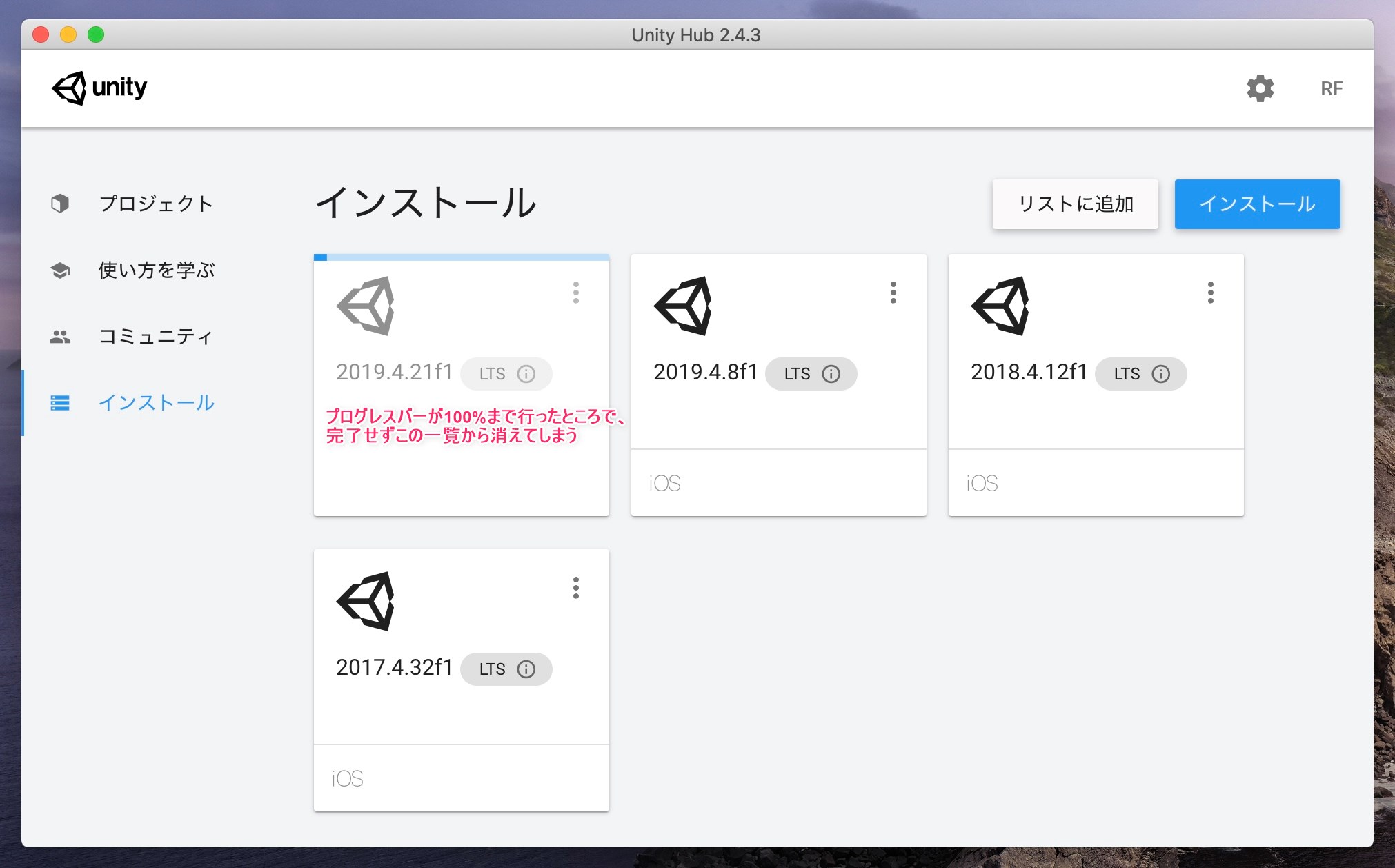
On Windows, a standard out stream doesn’t exist by default, so you must launch the Editor with a valid configured stdout stream, as a child process from a CI system. For more information on how to do this, see Microsoft’s documentation on View hidden files and folders in Windows. To view the AppData folder, you must enable the Hidden Items setting on Windows. On Windows, the Package Manager and Editor logs are placed in folders which aren’t shown in the Windows Explorer by default. On macOS, you can also access Unity’s logs via the Console.app utility Log type You can access the other logs by using your operating system’s file manager application. To do this, open a Console Window ( menu: Window > General > Console) and select Open Editor Log from the Console window menu. You can access the Editor logs from the console window. See platform specific documentation for further information.

Note: Not all platforms support this feature. For more information, see the Command line arguments documentation. The default locations are outlined on this page, but you can also use certain command line arguments to control when and where Unity generates log files. To add your own messages to the Console window, and the logs, use the Debug class.Įach operating system stores the log files in different locations. More info See in Glossary to the log files.

Unity adds all messages, warnings, and errors from the Console window A Unity Editor window that shows errors, warnings and other messages generated by Unity, or your own scripts. You can use these log files to understand where any problems happened in your application. Unity produces log files for the Editor, package manager, licensing, development players, and Hub.


 0 kommentar(er)
0 kommentar(er)
